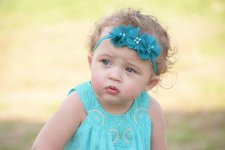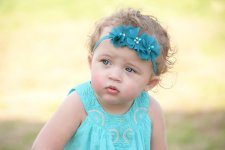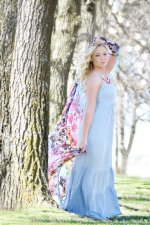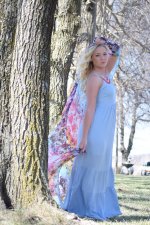You are using an out of date browser. It may not display this or other websites correctly.
You should upgrade or use an alternative browser.
You should upgrade or use an alternative browser.
Trouble with exposure and clarity nikon D5300 vs nikon D80
- Thread starter Halo23
- Start date
Horoscope Fish
Senior Member
If it's not Active D-Lighting being enabled then the only other thing I could suggest would be for you to start shooting in RAW because doing so will give orders of magnitude more control over your photos when post processing them. I can't even tell you how you're limiting yourself by shooting JPG and you already have CS5 you say? You're killing me here, do you know that? That's right: Killing. Me.That is great information also thank you! I have not changed that setting from default so I will look at it and see how it's set. And I do always shoot in manual with the exception of the shots taken trying to determine my problem
But... I'm not going to go on another RAW vs JPG rant. I'm just not going to do that... *cough*read me*cough*. I'm off to grab a Ludens. Crossing my fingers for you.
....
Horoscope Fish
Senior Member
It's not a matter of how the camera see's the image, it's what the camera does with the image once it's been seen.Lol! Not shooting in raw because it had always seemed unnecessary taking up too much space. I probably do not understand how that affects the in camera process? I get that the post processing may be limited but how does it affect the way the camera sees the image?
When you shoot JPG the camera actually records a RAW file but if your camera has been set up to shoot JPG's, it will take that original RAW file and convert into a JPG. This conversion, once completed, is irreversible and determines what the final product looks like. All sorts of things, like Picture Controls and Active D-Lighting for just a couple of examples, affect how your JPG's turn out. If you don't like how it turns out too bad; that's a JPG and with JPG you get what you're handed. Oh sure you CAN edit a JPG, as you've been doing, but your tools are crude and your options are *severely* limited because of the very nature of a JPG file. Had you been shooting RAW, none of those factors would have mattered because when you shoot in RAW all the processing required to make a JPG is passed over by the camera and you're left with a just the original, unprocessed, RAW file. And that changes everything.
It's the difference between getting a "Chips Ahoy" cookie off the grocery store shelf (JPG) and the going into a kitchen stocked with all the ingredients required to make chocolate chip cookies yourself (RAW file). If you don't like how Nabisco makes Chips Ahoy cookies, too damn bad: you don't really get any say in the matter; you just get a cookie. With RAW files you get to control pretty much every step needed to produce the EXACT cookie you want, every time. The trade off, of course, is that with a JPG, the camera does the all the work for you, while shooting RAW assumes you are going to take control and do all the processing yourself. So... As photographers we have a choice: We can live with off the rack cookies, we can complain about how sh-tty Chips Ahoy cookies are and just hope the next shot will be better, or we can roll up our sleeves and bake our own damn cookies. And since it sounds like you're ALREADY doing some processing, why not give yourself as much material and lattitude to work with as you can?
Just something to think about maybe...
....




